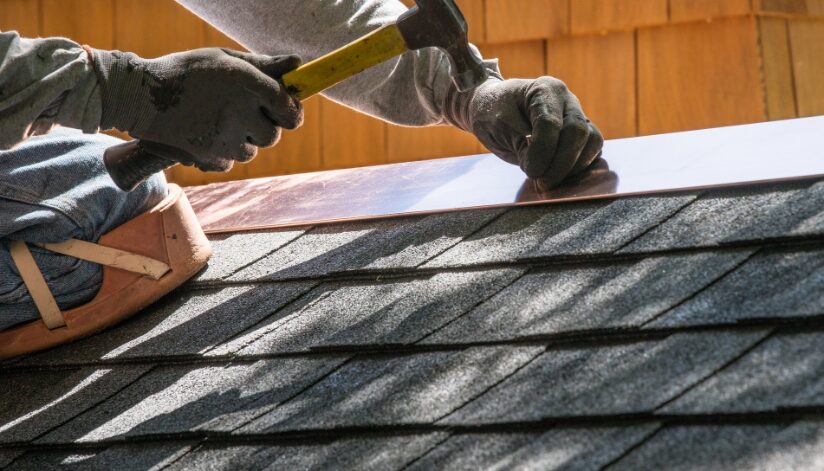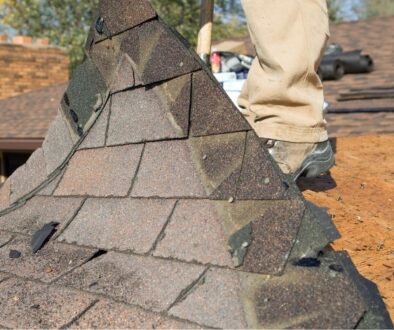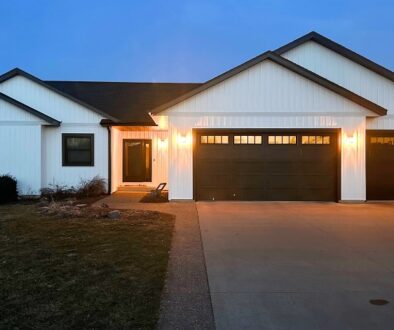What Is Roof Flashing And Why Does It Matter?
When most homeowners think about their roof, they focus on shingles, gutters, or even the age of the material. But one of the most important components of a roof is something that often goes unnoticed— roof flashing.
Flashing may not be the most visible part of your roof, but it plays an essential role in preventing water intrusion, especially in areas where the roof meets chimneys, walls, and vents. At Ledegar Roofing, we’ve seen how overlooked or improperly installed flashing can lead to serious and expensive damage. Understanding what flashing is and why it matters can help protect your home from preventable problems.
What Is Roof Flashing?
Roof flashing is a thin layer of metal—usually aluminum, galvanized steel, or copper—installed in areas of the roof where water is most likely to find a way in. These areas include joints, valleys, edges, and penetrations where the roofing surface meets vertical structures.
The purpose of flashing is to direct water away from these vulnerable spots, helping to keep it from seeping underneath the shingles and into the structure of your home. In other words, flashing helps seal the parts of your roof that shingles alone can’t fully protect.
Where Is Flashing Used?
Flashing is installed at key points across the roof where water flow is concentrated or where surfaces intersect. These include:
Chimneys
Chimneys are one of the most common areas where leaks occur. Proper flashing involves step flashing along the sides, counter flashing over the top, and saddle flashing at the back, all working together to prevent water from slipping into the seams.
Valleys
Where two roof planes meet and create a trough, valley flashing is installed underneath the shingles to carry water safely down and off the roof.
Vents And Skylights
Plumbing vents, attic fans, HVAC units, and skylights all penetrate the roof’s surface. Flashing is installed around these fixtures to keep water from entering the surrounding gaps.
Dormers And Roof-to-Wall Connections
Where the roof meets a vertical wall—like with dormers or upper-story siding—step or continuous flashing is used to seal the transition.
Eaves And Rakes
Along the edge of the roof, drip edge flashing is placed beneath the shingles to help guide water into the gutters and protect the roof decking.
Why Does Flashing Matter?
Flashing plays a vital role in the overall performance of a roofing system. Without it, water can infiltrate areas that are not properly sealed by shingles or underlayment. When flashing fails or is missing altogether, homeowners often experience:
- Roof leaks
- Rotting roof decking and framing
- Mold or mildew in attics and ceilings
- Damaged insulation
- Interior water stains
Because these problems often begin in hidden areas, they may not be noticeable until significant damage has already occurred. That’s why routine inspections and maintenance are so important.
What Causes Flashing To Fail?
Flashing is built to last, but it’s not immune to wear and tear. The most common reasons flashing fails include:
- Age and corrosion: Over time, flashing can rust, corrode, or degrade due to prolonged exposure to the elements.
- Improper installation: If flashing wasn’t installed correctly or wasn’t integrated properly with the roofing system, it may not provide a watertight seal.
- Sealant failure: Many flashing systems rely on sealants or adhesives, which can crack or dry out over time.
- Storm damage: Strong winds, hail, or falling debris can loosen or bend flashing, making it less effective.
How To Protect Your Home
The best way to protect your home from flashing-related issues is through regular inspections and professional installation. At Ledegar Roofing, we include flashing assessments in every inspection and ensure proper integration during new installations or replacements.
If your roof is over 15 years old, or if you’ve experienced leaks near chimneys, walls, or roof edges, it’s a good idea to have your flashing checked. In many cases, small repairs or replacements can prevent more costly problems down the road.
Schedule A Roof Inspection Today
Flashing is one of the most important—and most commonly overlooked—components of your roofing system. Don’t wait for a leak to find out it’s failed. Schedule a roof inspection with Ledegar Roofing and let our experienced team evaluate the condition of your flashing and overall roof system.
We serve La Crosse, Onalaska, Sparta, and surrounding areas with professional, reliable service. Call 608-785-0901 or visit our Contact Us page to schedule your inspection.




